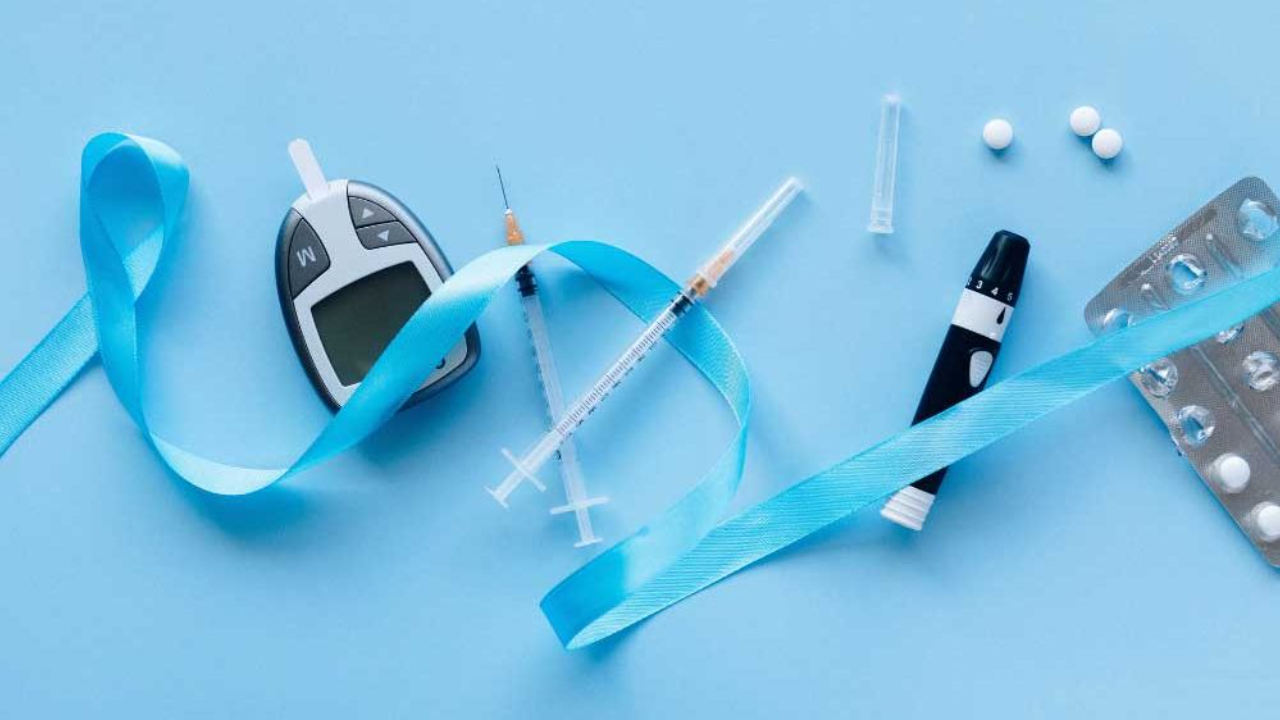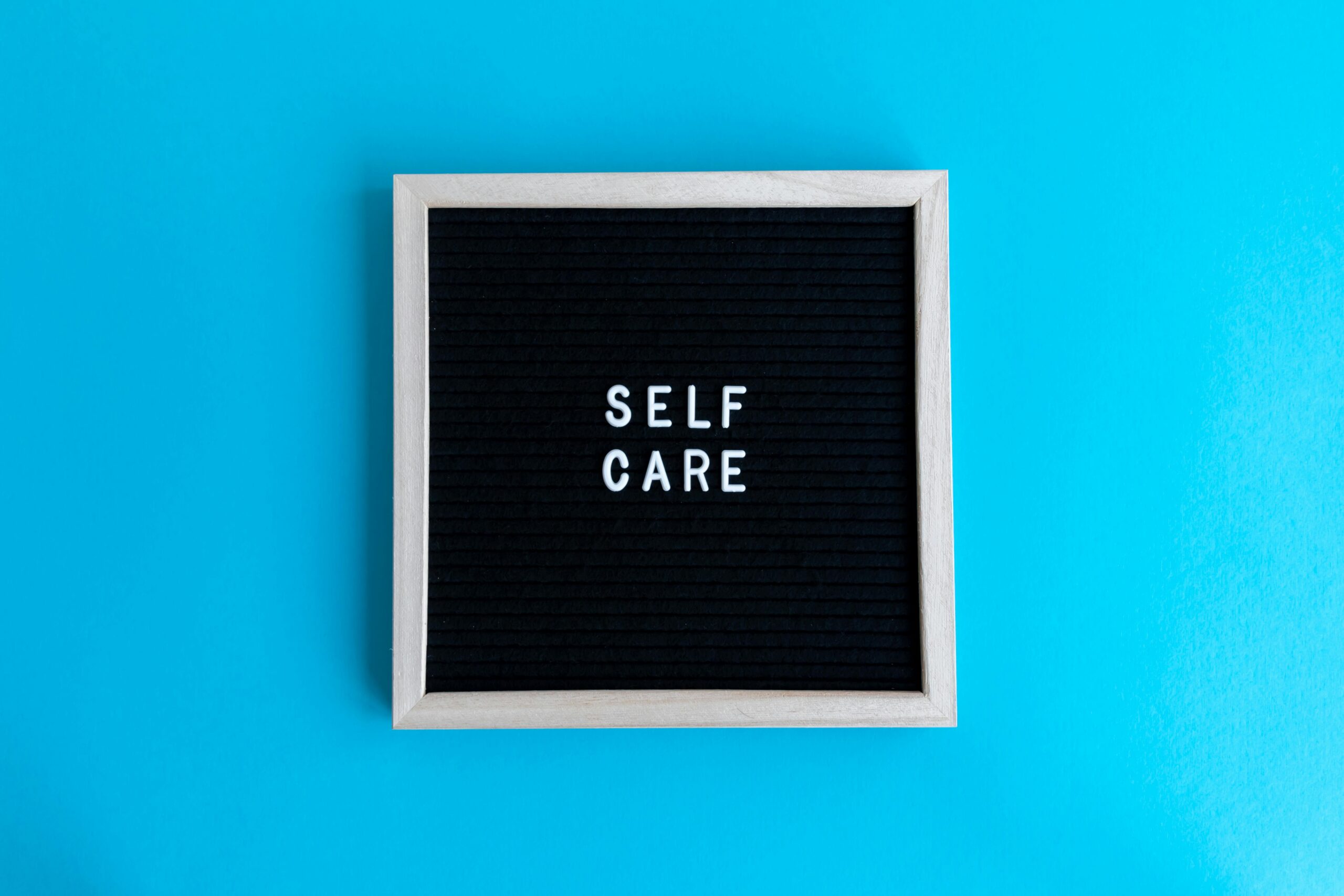
27 Jul How to Reverse Type 2 Diabetes: Understanding the Hidden Cause
If you’ve been diagnosed with type 2 diabetes or prediabetes, it’s important to know that the condition often begins years before diagnosis. Insulin resistance silently develops, causing blood sugar levels to rise and creating long-term risks. But the good news? Understanding how it works is the first step in learning how to reverse type 2 diabetes.
What is Insulin Resistance and Why Does It Matter?
Insulin resistance isn’t just about high blood sugar. It’s a metabolic signal that affects multiple aspects of your health, from high blood pressure and fatty liver to stubborn weight gain and cholesterol imbalances. Treating symptoms alone won’t fix the problem—addressing insulin resistance is the key to lasting change.
How Does Insulin Resistance Affect Your Body?
Insulin is the hormone that moves sugar (glucose) from your bloodstream into your cells to be used as energy. When your cells stop responding properly, your pancreas produces more insulin, which leads to:
- Fatigue and low energy
- Weight gain, especially around the abdomen
- Cravings and sugar dependence
- High blood sugar levels
- Long-term risks such as heart disease and nerve damage
Why Do Cells Become Resistant to Insulin?
Several factors contribute to insulin resistance, and they usually accumulate over time:
1. Visceral Fat
Belly fat releases inflammatory chemicals that interfere with insulin function.
2. High Carb and Sugar Intake
Consuming excessive carbohydrates and sugary foods overwhelms your insulin response.
3. Physical Inactivity
Without regular movement, muscles don’t use glucose effectively, causing blood sugar to rise.
It’s not just one bad meal—it’s a lifestyle pattern that can be changed.

Can Type 2 Diabetes Be Reversed?
Yes. Improving insulin sensitivity allows your body to process sugar efficiently again. Blood sugar stabilizes, energy returns, and overall health improves. Understanding the root cause—rather than just controlling symptoms—is essential.
What Are the Steps to Improve Insulin Sensitivity Naturally?
Step 1: Reduce Visceral Fat
Losing just 5–10% of your body weight can significantly improve insulin sensitivity and blood sugar control.
Step 2: Switch to a Low-Carb Diet
Focus on non-starchy vegetables, healthy fats (olive oil, avocado, nuts), and high-quality proteins. Avoid sugary, ultra-processed foods.
Step 3: Move Your Body
Even a 10-minute walk after meals can lower blood sugar. Strength training also helps muscles store glucose efficiently.
Step 4: Manage Stress and Prioritize Sleep
Poor sleep and chronic stress raise cortisol, interfering with insulin. Practice breathwork, mindfulness, or other simple stress management tools.
Step 5: Address the Root Cause
Medication can manage symptoms, but without tackling insulin resistance itself, long-term success is unlikely.
Why Medication Alone Isn’t Enough
Lowering blood sugar with medication without improving insulin sensitivity is like mopping water from a leaking pipe without sealing the leak. Treat the cause, not just the symptom, to truly reverse type 2 diabetes.

Is It Too Late to Start?
Whether newly diagnosed or managing diabetes for years, it’s never too late. Addressing insulin resistance can help you:
- Regain energy
- Lose stubborn weight
- Reduce the risk of complications
- Feel confident and in control
Where Can I Learn More About How to Reverse Type 2 Diabetes?
Dr. Nerys Frater has created a Three-Part Blood Sugar Mastery Video Series to guide you step-by-step through reversing insulin resistance, including common mistakes many are never told.
You can also download her free Blood Sugar Guide PDF for practical tips to start immediately.
Take back control of your health—no doctor visit needed. Start learning how to reverse type 2 diabetes today and reclaim your energy, health, and confidence.
